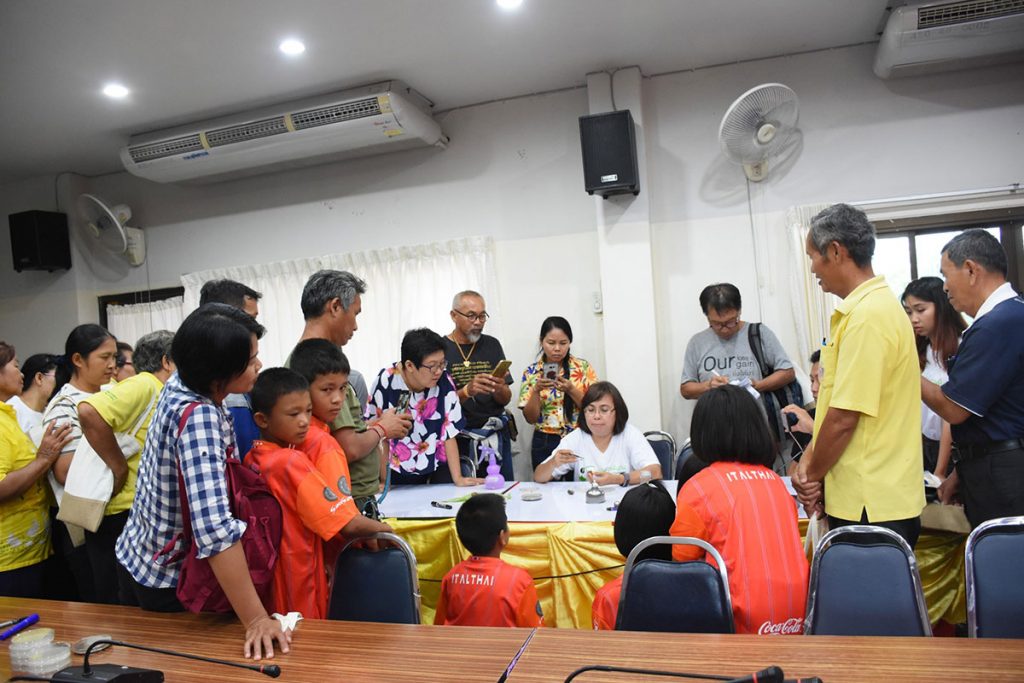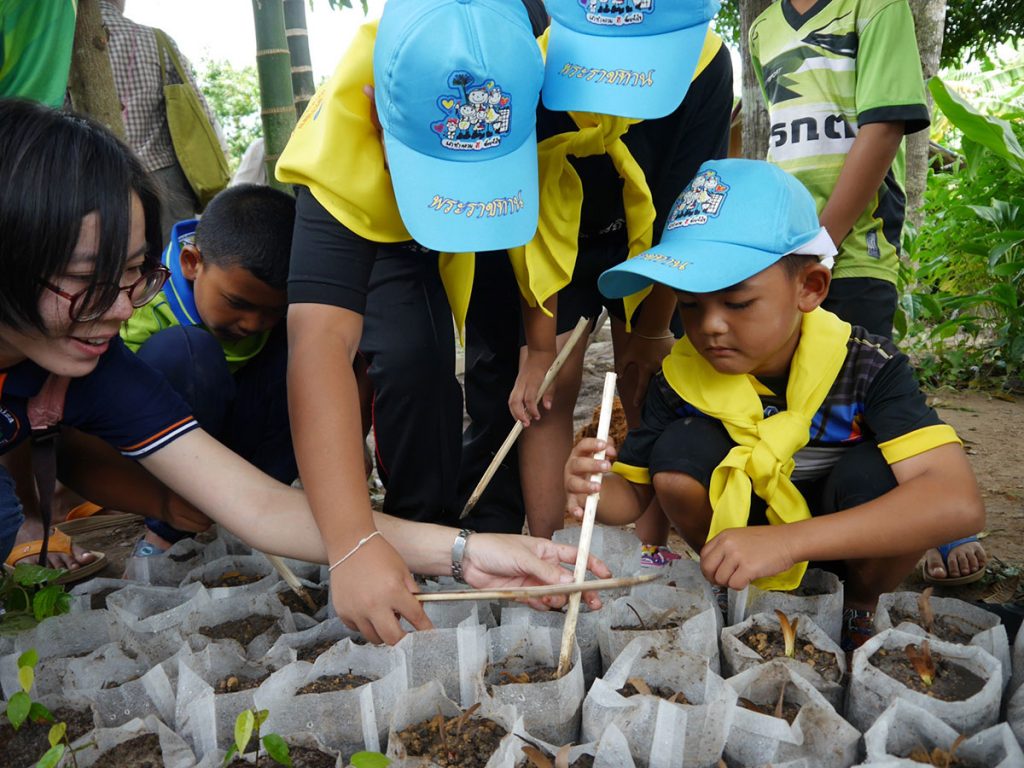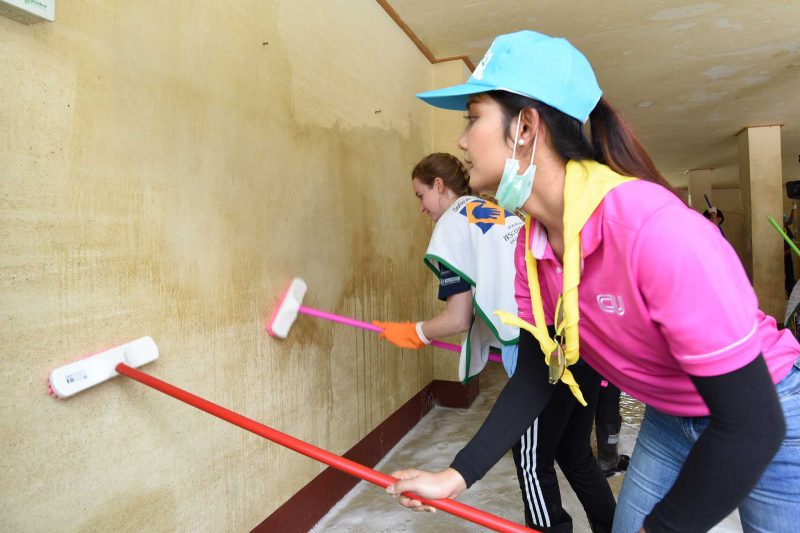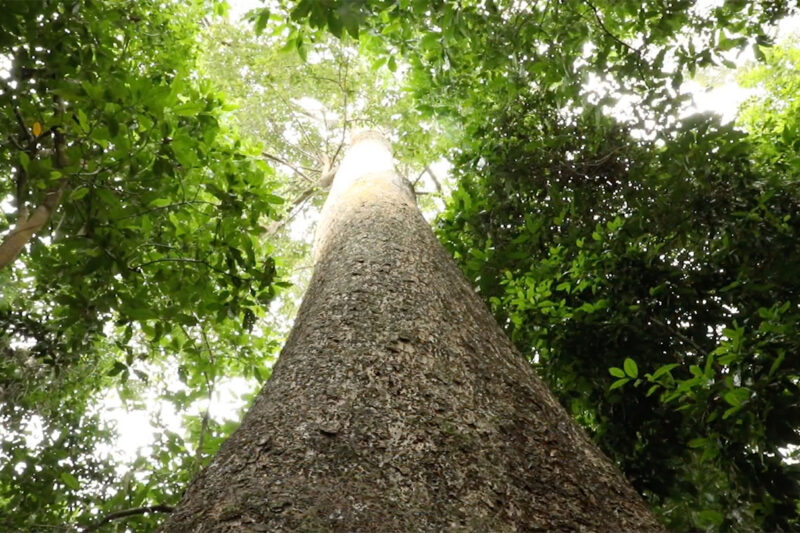Reviving the life of the Nan watershed forest, Chulalongkorn University’s Mycorrhizal technology is primed for the global wildfire restoration.
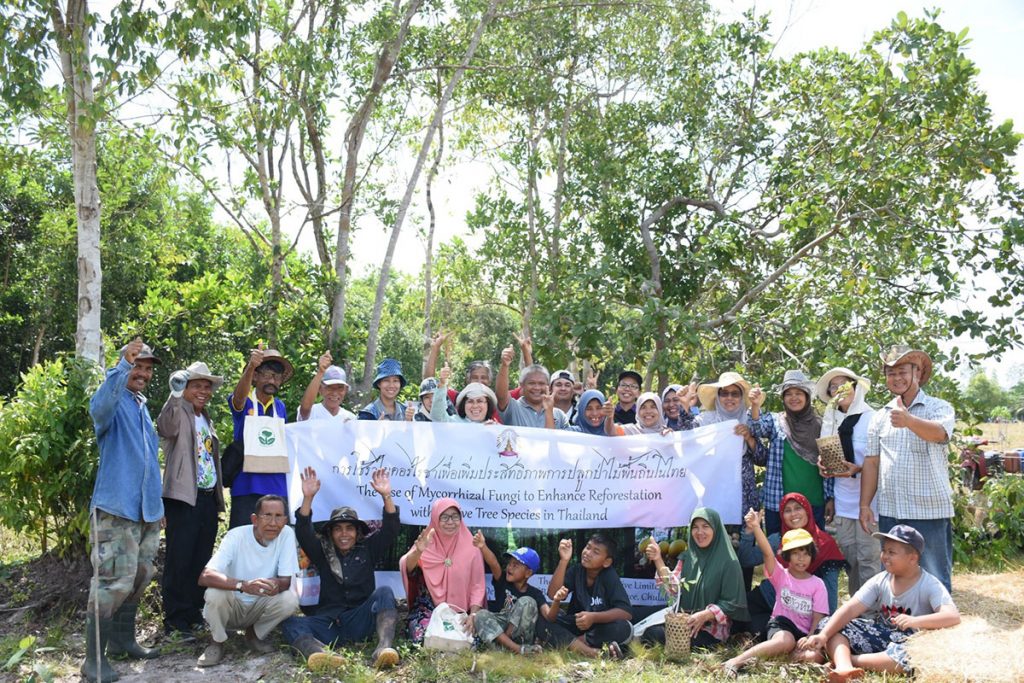
Despite the decline of the Thai forest in the past two decades, the Ministry of Natural Resources and Environment has reported that the country’s forestry will remain green at 31-33 percent. Thailand’s aim for forest protection is prioritized in its 20-Years National Strategy for 2018-2037. The initial goal is to expand its forest areas into 40 percent of the gross national space, especially with its existing 10,000 socio-ecological forests both within and beyond its conservation sites. These forests spread across 7,870,000 Rai which comprises around 7 percent of the national forest areas.
In 2018-2019, the gross national forest of Thailand is approximately 102,484,072.71 Rai, representing 31.68 percent of its total land. Still, wildfire, whereas from the natural cause of dry conditions or illegal burning, is a major problem that Thai forests face. Kasikorn Research has reported the burning of Thai woodland between October of 2019 to April of 2020 reaching 170,835 Rai in which three-fourths of the flames are in the Northern areas. The illegal burning of the forests is caused largely by poverty and local beliefs that the burnt forest would offer fruitful mushroom growth thereafter. Thus, this native belief has been haunting Thai forestry for decades.
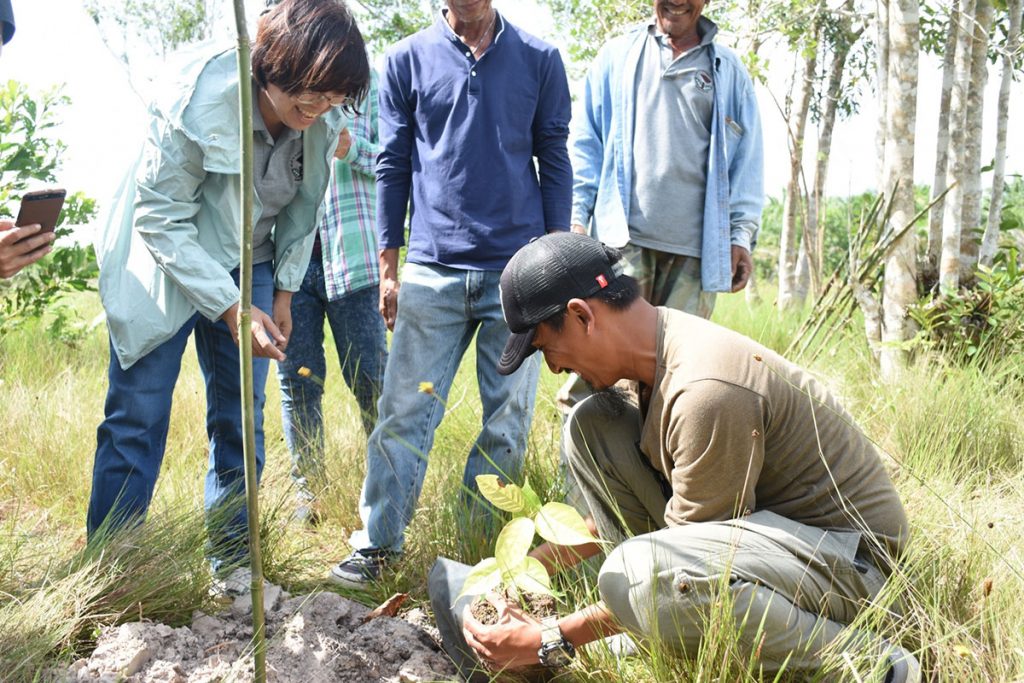
The local-caused illegal burning of the forests is one of the main catalysts that intensify global warming. Not only that it burdens the reforestation from the loss of natural microorganisms, nutrients, and humidity, the illicit wildfire is also a cause for the escalation of PM2.5 in the atmosphere that in-turn backfires on the locals’ health.
Reviving the devastating green space, then, starts with the restoration of the grounding soil. The Department of Botany in the Faculty of Science of Chulalongkorn University, as a specialist in soil-based microorganisms, has developed an effective approach to revitalize the local woodland. In 2005, the Local Development Program pioneered the study of Mycorrhiza in the Deciduous Dipterocarp Forest for the recovery of the watershed forest in Nan province. The researchers experimented on various types of Mycorrhiza and other local microorganisms as a mixture with soils and Nan’s local Botanics. For example, Gurjan, Taengwood, Hairy Keruing, and Pluang Tree. This ecological approach is a sustainable and eco-friendly way of reforestation.
With the success of this Mycorrhizal technology, Chulalongkorn University has broadened its positive result by providing young sprouts to multiple organizations in Nan province for further growth of the watershed forests. In addition, at least 3,000 Rai of local forests will be receiving such improvements through the establishment of the Chula-Saraburi station in Amphoe Kaeng Khoi in Saraburi province. Funded by the National Research Council of Thailand (NRCT), the pilot project of ‘Mycorrhizal technology for Dipterocarpaceae forest building’ is set up as a provider of educating workshops and a knowledge hub for state entities and local participants in 2017.
Later in 2018, Chulalongkorn University has bolstered its expertise in the Northeastern and Southern parts of Thailand. The Mushroom Initiative Limited, Hong Kong, an international NGO, funded the program supporting the use of Mycorrhizal for Thai reforestation. Moreover, workshops were held by the Native Species Reforestation Foundation for governmental agencies and locals in Nong Bua Lamphu province–including the sub-district administration of Tambon Uthai Sawan, Amphoe Na Klang and Tambon Klong Yang, Amphoe Koh Lanta in Krabi province. The Mushroom Initiative Limited, Hong Kong also expanded the program onto 10 areas in Thailand and 1 area in Lao People’s Democratic Republic with the information of the planted areas for adaptation with the future possible disasters. The body of knowledge is made handily accessible through online platforms such as Facebook and website.
Throughout the three years of operation of the program, the planted seedlings have grown exquisitely with proper humidity and lighting in the areas. Since 2019, the Anandamahidol Foundation and the Department of National Parks, Wildlife, and Plant Conservation have been supporting the operation in the hope of the resolution of the PM2.5 crisis in the Northern provinces of Thailand. Especially with two key areas of Amphoe Li in Lamphun province and Mae Ping National Park, ‘the Puff Ball Mushrooms Innovative Program for Healthier Forest and Profitability’ has raised local awareness of the hazard consequences from wildfire. Besides, many mushrooms growing opportunities, both for forest restoration and economic income, have influenced many locals into sustainable forest conservations.
With constant positive outcomes, Chulalongkorn University is now transcending this sustainable trend to the Second Army Corps in the Thai Ministry of Defense. Northeastern Sufficiency Economy Learning Center in Tambon Nong Phai Lom, Amphoe Mueang in Nakhon Ratchasima province has also developed the Mycorrhizal technology for agricultural developments.
A decade of determination to revitalize the environment by Chulalongkorn University and other associations not only strengthen the plantation of local forests but also shrink the time required for reforestation from centuries to solely 30-40 years of natural restoration. This development goes following the 20-Years National Strategy’s aim for forest conservation of at least 40 percent green areas. Last but not least, the approach can be applied to the post-wildfire forests anywhere globally.
BY Faculty of Science, Chulalongkorn University
Related articles:
Others
Help from the Heart
Chulalongkorn University volunteers bring their care and skills to flood-ravaged Ubon Ratchathani

